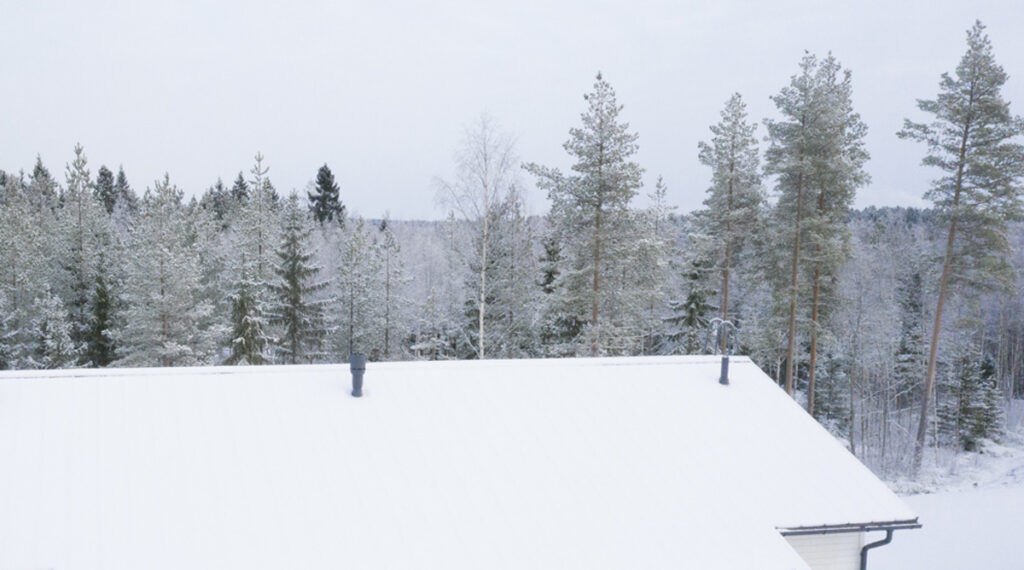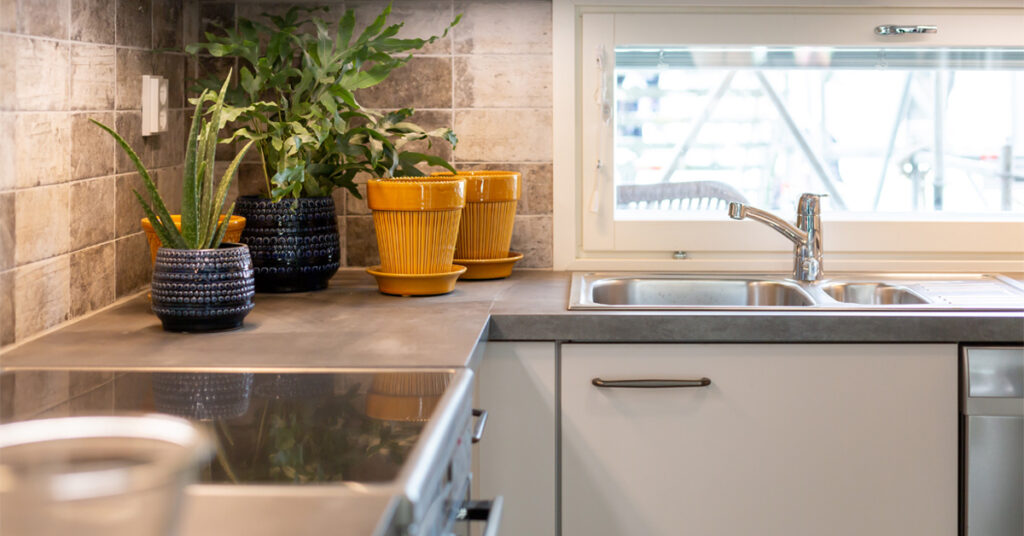Using a roof fan in winter

In winter, ice may accumulate in a roof fan or exhaust ventilation pipe, and water may drip onto the stove. Under normal circumstances, warm air rises upwards through the ducts or structures and cold air falls downwards. When warm air meets a cold surface and the relative humidity is 100%, a dew point is formed, causing moisture to condense in the ductwork. The occupant may notice this happening if water begins to drip onto the stove.
Has ice collected in the roof fan or ventilation pipe? Here’s how to fix it:
- Make sure the ductwork is properly insulated. The insulation thickness of the ducts in a cold space must comply with building regulations. In most locations, 100mm of insulation is sufficient for the ventilation duct in a cold space.
- Make sure the ventilation in the room is correctly adjusted. The ventilation must not be over-pressurised.
If the problem cannot be solved by adjusting the ventilation and insulating the ducts, the cooker hood should be fitted with a fully sealing damper (a so-called butterfly damper). This will prevent moisture from entering the duct and condensing.
Frozen roof fan
If the VILPE roof fan is frozen shut and cannot rotate freely, the automatic thermal relay will switch on to prevent the fan from breaking down. When the ice has melted, the thermal relay is reset and the fan will be operational again. The easiest way to defrost a frozen fan is to blow warm air into the duct, for example with a hairdryer.
Keep the roof fan running after cooking

It is advisable to keep the roof fan and cooker hood running for 30-60 minutes after cooking. This gives the ducts time to dry properly. The best way to prevent condensation is to keep the roof fan running constantly at low power.
If the fan is turned off immediately after cooking, there will be a lot of steam and warm air in the ductwork. Water vapour condenses in the ducts and on the roof fan motor, and turns to ice in the cold air. The next time the fan is used, the ice will melt and the water can flow down the ducts to the stove. In some cases, the motor blade may have frozen to the body of the roof fan, preventing it from working.
A broken roof fan can be repaired with a service set
The condition of your roof fan should be checked at least once a year. Check that the seals are working and that snow has not damaged the roof fan during the winter. If the fan is working properly, there is no need to service the electrical parts.
VILPE roof fans have a typical service life of 15 to 20 years. Roof fan motors have a long life and rarely break down prematurely. However, if the fan makes an abnormal noise such as squeaking or grinding, the bearing may be damaged. This could, for example, be due to dirt or debris getting into the bearing, or an unbalanced fan blade. Occasionally the capacitor can also fail.
If for any reason the roof fan fails, contact your local service centre.
